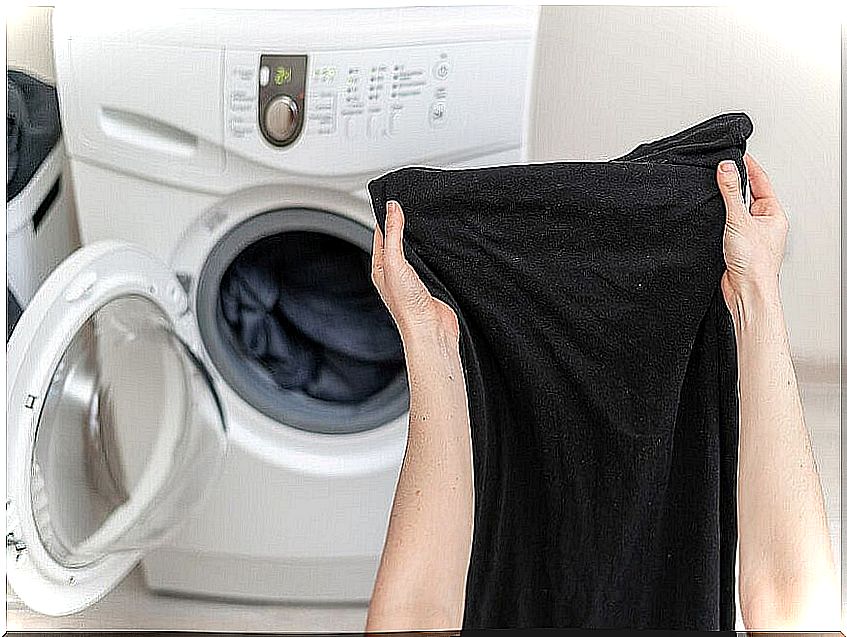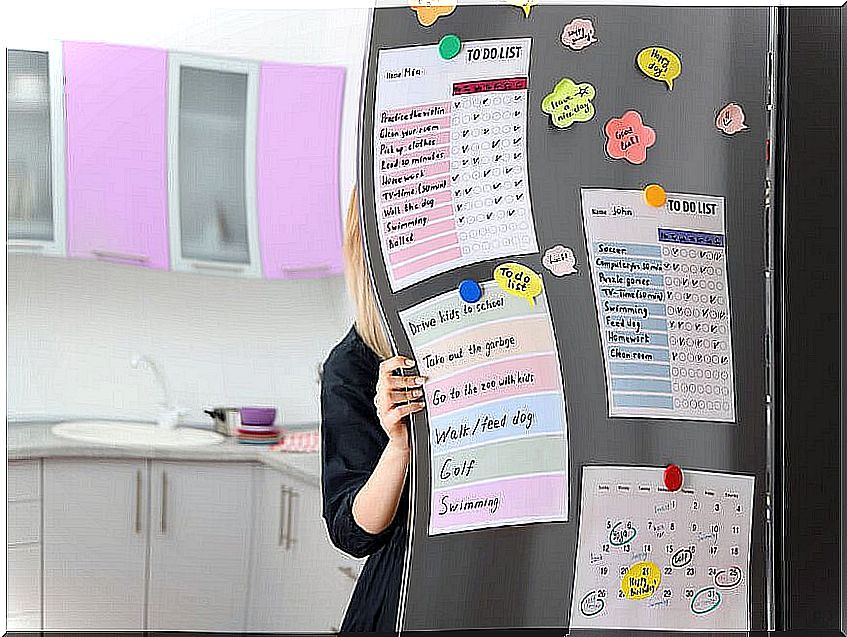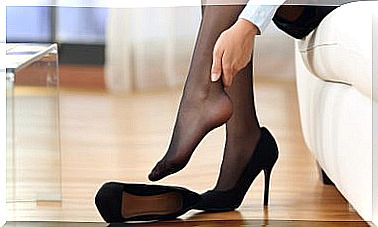10 Ways Electricity Is Wasted
In a world of increasingly scarce resources and increasing pollution, every little detail counts. In this sense, taking care of energy is an obligation of all citizens. A first step to achieving this is knowing the ways in which electrical energy is wasted within homes or workplaces.
Saving electrical energy is not just an ecological issue. The economic factor can also be preponderant for many people, so it is not a bad thing to start to be aware of the importance of their care.
No matter how much effort many put into this, the little information and consumer trends make mistakes that are generally avoidable. How is electrical energy wasted? In this space we detail it.
10 ways electricity is wasted
The British energy company Good Energy suggests that to save costs on the electricity bill it is necessary to reduce the amount of electricity used. For this reason, it is important to know the ways in which electrical energy is wasted.
In this sense, the Alliance to Save Energy has revealed a series of habits that generate a greater consumption of electrical energy within the home. It is important to learn to recognize them, as it is the only way to take steps to reduce it.
1. Elements plugged in 24/7
In most houses there are objects that remain plugged in most of the day, despite not fulfilling their function. Examples of this are video game consoles, microwave, washing machine, and air conditioning in winter. These, like other elements, consume energy simply by being connected.

2. Misuse of air conditioning or heating
Although they are necessary, these two devices are large consumers of energy. Furthermore, their consumption is compounded by the inefficiency with which many use them. To optimize the use of air conditioning in summer and heating in winter, it is necessary to ensure that the rooms are closed when turning them on.
On the other hand, it is convenient to put them in a moderate temperature and check them periodically to verify that they do not have faults in their systems.
3. Hot water in the washing machine
Many people use the washing machine with hot water. This method, which occupies almost 90% of the energy required by the total washing process, is only necessary for some garments. It is better to use cold water washing, except where it is really required.
4. Using the electric oven
Due to its operation, the electric oven is a great consumer of electricity. Because of this, it is best not to use it at all times. To heat food or cook a pizza, it is preferable to use the gas oven. The latter is much cheaper for sporadic uses like these.
5. Little efficient refrigerators
Old refrigerators use more energy than current ones. Although changing it requires a considerable investment, it is important to do so to save energy in the medium and long term. Even the change for a new refrigerator will be reflected in the energy bill.

6. Incomplete dishwasher use
Without a doubt, it is a household appliance whose usefulness is quite appreciated. However, when it is not used properly, energy consumption rises considerably. Ideally, fill it up before starting it up, even when selecting the half load program.
If the dishes are not very dirty, this works without problem, even with the appliance full. Likewise, it is recommended to deactivate the hot drying, as it is not so necessary. This function is responsible for much of the consumption of the dishwasher.
7. High consumption lights
Replacing traditional lamps with LEDs is something that almost everyone has already done. In any case, it is worth remembering that it is a necessary measure to reduce the cost of electrical energy in the house. It should even be done at Christmas, with the decorative lights.
8. Computers
Computers should be turned off completely, and unplugged, once their use for the day is over. Those who leave them in a state to hibernate or suspend are contributing to a higher consumption of electricity. In fact, the ideal is to look for the “energy saving” mode so that you do not spend too much while using it.
9. Standby mode
The television, microwave, DVD and many other household items have the famous stand-by or standby mode. Although it is useful from time to time, this does not mean that its consumption is zero: they will still be spending 5% of what they would do while using it.
10. The mobile charger
There are two ways in which electrical energy is wasted with the mobile charger. The first is by leaving it connected without having the phone plugged in. This consumes about 0.25 watts per hour.
On the other hand, leaving the cell phone connected when its charge is complete generates an unnecessary expense of 2.24 watts per hour. Although it is a fairly small number, in the long run it ends up having an impact on monthly spending.
Small changes contribute
As simple as it may seem, making adjustments in the use of these elements can help reduce electrical energy consumption. Therefore, it is convenient to check if there are errors to correct or if actions can be implemented to limit its consumption.









